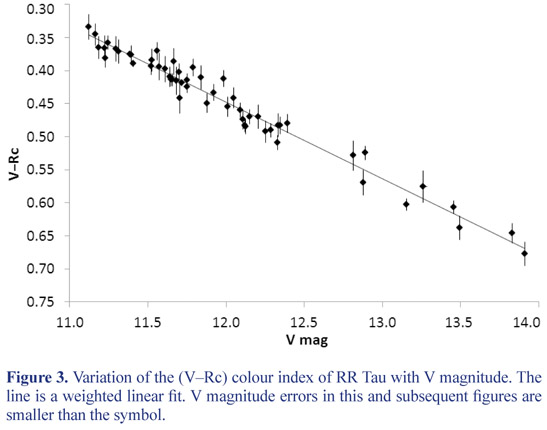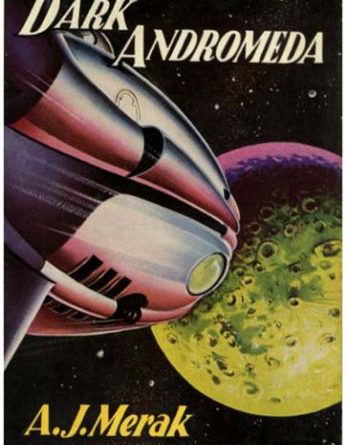Archives
Low-state transitions in the nova-like cataclysmic variable HS 0506+7725
The twelve-year lightcurve of the nova-like cataclysmic variable HS 0506+7725 between 2006 April & 2018 November is presented. This shows that the star spends most of the time in a normal state at about magnitude 14.7, but multiple excursions to a fainter state at magnitude 16.0–17.0 were apparent. These normal-state/low-state transitions of up to 2.3 magnitudes are typical of the VY Scl subclass of CVs. In the case of the best characterised fading episode, both the fading and the subseqent return to normal brightness were observed; the complete transition lasted about 43 days. Further monitoring of this system by amateur astronomers is encouraged to identify and characterise future low states.
Read moreThe larger sunspot groups of Cycle 24
Using observations submitted to the BAA Solar Section, the largest sunspot groups of Solar Cycle 24 are discussed and example images shown. The characteristics of the cycle are also described and a comparison is made between the sizes of its larger sunspot groups and those of previous cycles, stretching back over 100 years.
Read morePhotometry & spectrophotometry of the Herbig Ae star RR Tauri
Multicolour broadband photometry and flux-calibrated low-resolution spectroscopy, obtained between 2014 & 2018, are used to investigate the behaviour of the highly variable Herbig Ae star RR Tauri.
Read moreJohn S. Glasby (1928–2011): a BAA enigma
John Glasby was a popular Director of the BAA Variable Star Section from 1965–’71; an exciting period during which George Alcock discovered three novae. Glasby’s legacy is still felt today, because he steered the Section towards more observations of cataclysmic variables as well as starting a binocular variable star programme. He also wrote three books on the subject of variable star observing, filling a major gap in the literature, along with hundreds of works of pulp fiction. Unfortunately, so much controversy surrounded major errors in his BAA reports that any positive contribution he did make has long since been forgotten. This paper is an attempt to unravel the complex enigma of John Glasby’s directorship and the set of unfortunate circumstances that damaged his astronomical reputation.
Read moreThe Cosmic Magic Show: An interview with the Astronomer Royal for Scotland
The year 1957 saw the launch of The Sky at Night TV programme, the completion of Jodrell Bank and, of
Read more



